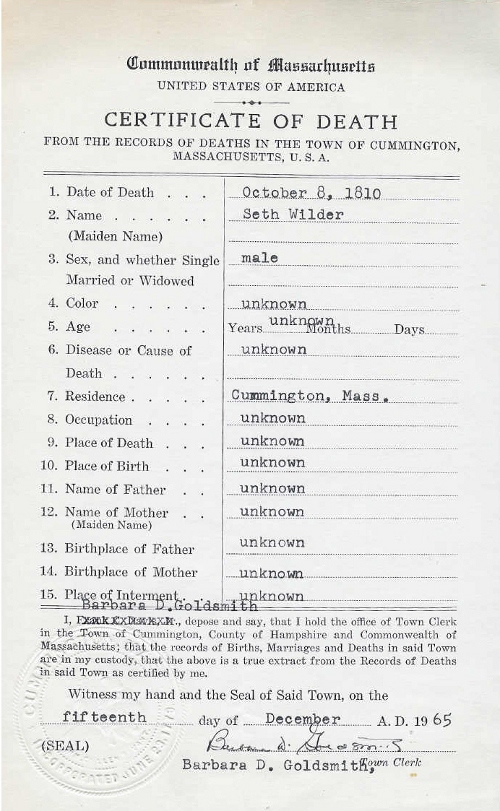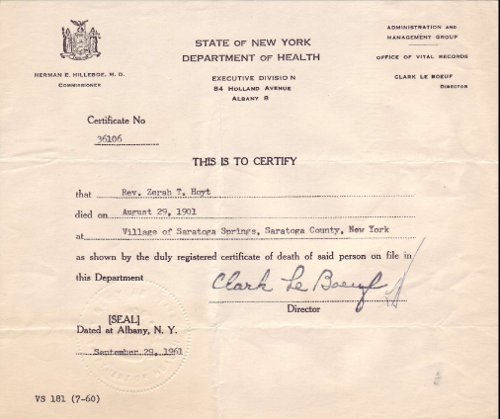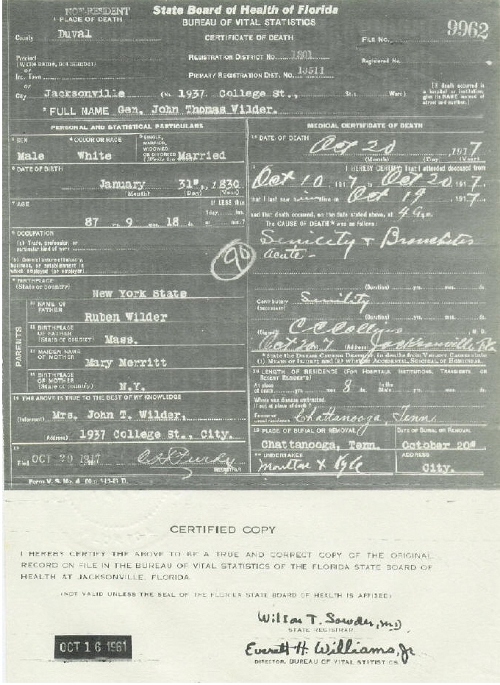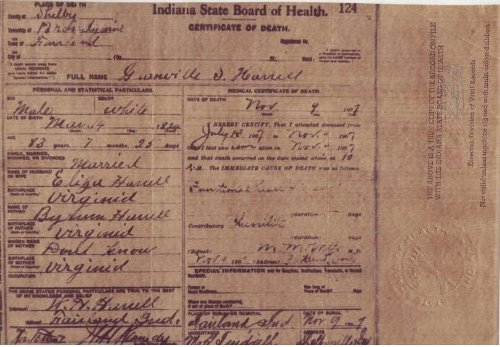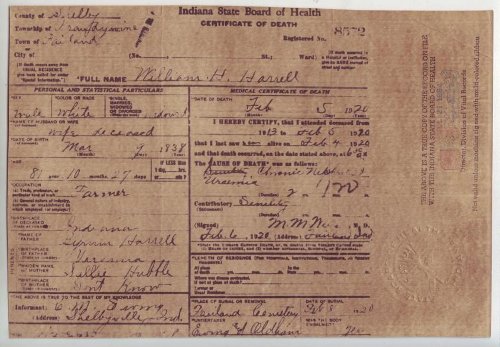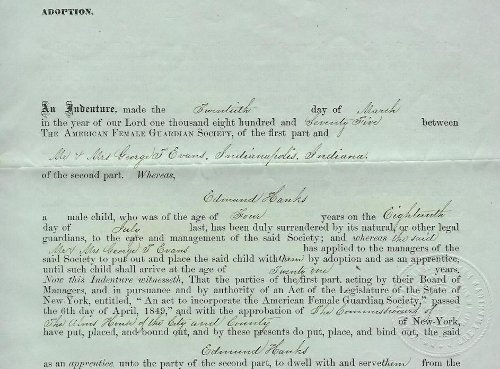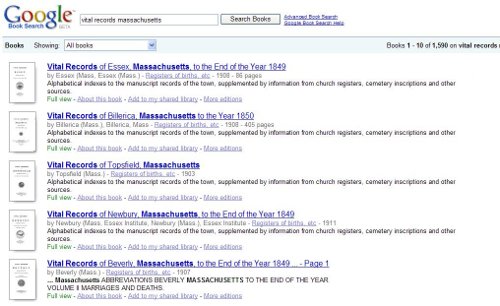 |
|
|
|
|
|
What's on a Death Certificate? by Mary Harrell-Sesniak |
|
|
When requesting death certificates, you may be surprised by the “depth or dearth” of information recorded. Death certificates were not always required and were rare before the late 1800s. Early information is reconstructed from a variety of sources--manuscript books, civil registrations, cemetery records, parish records, etc. Town clerks or recorders issue certificates from available information, which often lacks genealogical details, such as a surviving spouse, parentage, cause of death, and burial location. This example from 1810 shows Seth Wilder, Jr.'s death in Cummington, Massachusetts, and little else. When ordered in 1965, a similar death certificate would typically include parental names, birth places, and occupation, which were all left blank on the 1913 form.
Until recently, each location, whether it be a country, state, county, or city, followed its own format. In 1961, the State of New York furnished this numbered certificate for Rev. Zerah T. Hoyt, certifying his death in Saratoga Springs on August 29, 1901.
In 1917, Duval County, Florida required an address, age at death, informant, and place of burial or removal. In the case of John Thomas Wilder, who died on January 31, the informant was his second wife, Dora (Lee) Wilder, recorded only as Mrs. John T. Wilder. The document noted he was returned to Chattanooga, but did not specify the cemetery, which was Forest Hills.
Death certificates evolved over time and now display more than thirty details, including military service, social security number, and education. (See Form PHS-T-003 from the Center for Disease Control and Prevention).
But wouldn't it be nice if in the next generation of death certificates, genealogical data was expanded? I, for one, would like to see surviving children, number of marriages, living and recorded will data, and the relationship of the informant to the decedent! Pitfalls and Tips
Some excellent sources for finding death records and information are
|
|
|
(Posted 12 April 2009. Previously published in RootsWeb Review: 11 March 2009, Vol. 12, No. 3) HCS readers can view other genealogical articles and releases in our extensive, permanent archives at the URL http://www.hellenicomserve.com/archivegenealogy.html. For more information about genealogical methodology, especially in researching Hellenic ancestry, see especially the main genealogy page or the section about Hellenic Historical and Genealogical Association at the URL http://www.helleniccomserve.com/hhga.html. |
|
|
|
|
|
2000 © Hellenic Communication Service, L.L.C. All Rights Reserved.
http://www.HellenicComServe.com |

